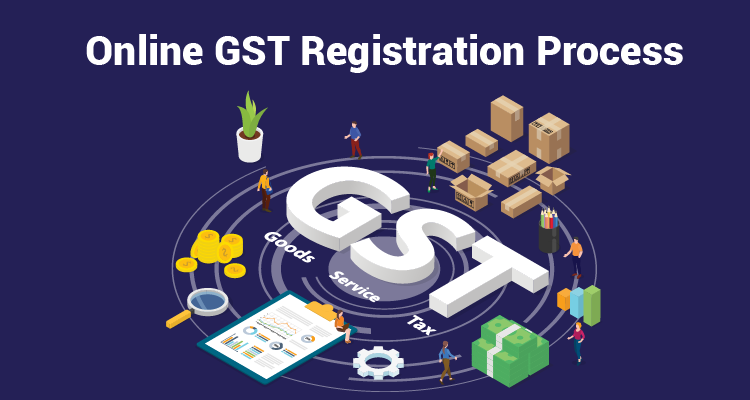The Ultimate Guide to Streamlining the GST Enrollment Refine and Demands for Local Business Owners

Understanding GST Basics
To grasp the basics of the Product and Solutions Tax (GST) system, tiny business owners need to first understand its underlying implications and principles. GST is a value-added tax obligation levied on a lot of items and solutions for residential intake. It aims to simplify the taxation procedure by replacing multiple indirect taxes enforced by the state and main federal governments. Under the GST regimen, services are required to accumulate and sign up tax on behalf of the government, making sure openness and compliance.
Among the key principles of GST is input tax credit score, which enables businesses to claim credit rating for taxes paid on their acquisitions. This device protects against the cascading result of tax obligations and promotes performance in the tax obligation system. Furthermore, GST is a destination-based tax, meaning that the tax obligation is imposed at the point of consumption rather than the factor of origin. This ensures reasonable circulation of tax earnings amongst states based upon where the services or items are eaten. Comprehending these basic concepts is crucial for little organization proprietors to navigate the intricacies of the GST system and ensure conformity with the regulation.
Eligibility Standards for Enrollment
Having actually established a foundational understanding of GST concepts, little organization owners must currently satisfy details eligibility criteria to continue with the registration procedure (Singapore GST Registration). Services that were registered under the previous tax obligation program (BARREL, solution tax obligation, etc) are likewise mandated to sign up under GST. Agricultural businesses that only supply generate out of main production are exempt from GST enrollment.
Files Needed for GST Enrollment

Simplified Registration Process Actions
Adhering to the collection and verification Full Report of the requisite records, the enrollment procedure for GST can be navigated through a series of simplified steps developed to facilitate effective compliance for small company proprietors. The initial step includes going to the GST website and choosing the 'New Enrollment' alternative. Ultimately, the applicant needs to fill in Component A of the GST REG-01 form with information such as PAN, mobile number, and email address to get an OTP for confirmation. Once the OTP is obtained and gotten in, a Temporary Reference Number (TRN) is produced for additional proceedings. The following step needs filling up out Part B of the kind with necessary organization information, publishing sustaining files, and completing the verification procedure utilizing DSC or EVC. Ultimately, upon successful verification, an Application Reference Number (ARN) is issued, indicating the conclusion of the GST registration process. By complying with these streamlined actions, small company proprietors can properly register for GST and guarantee conformity with tax obligation policies.
Tips for Ensuring Conformity
To maintain regulative adherence and functional integrity, persistent oversight and proactive steps are click this critical in ensuring compliance with GST demands for small company proprietors. Small business proprietors need to remain updated with GST guidelines, submitting deadlines, and any type of modifications in tax prices to prevent charges and preserve a great standing with tax obligation authorities. Participating in GST recognition workshops or training programs can enhance understanding and compliance with GST regulations, eventually benefiting the organization in the lengthy run.
Verdict
To conclude, local business owners should comprehend the basics of GST, meet the qualification criteria, gather required files, and follow the simplified enrollment process steps to make certain conformity. By simplifying the GST enrollment procedure and needs, small company proprietors can avoid penalties and run their businesses efficiently within the lawful structure - Singapore GST Registration. It is essential for small organization owners to remain certified and informed with click this GST policies to maintain a successful business operation
Little service owners seeking GST registration should guarantee they gather and send the needed papers to complete the registration process successfully. The files required for GST enrollment typically include evidence of business enrollment or consolidation, PAN (Irreversible Account Number) card of the service address, identity and entity evidence of the promoters/partners/directors, photos, address proof of the area of organization, financial institution account declarations or canceled cheques, and authorization types. Attending GST understanding workshops or training programs can improve understanding and compliance with GST laws, eventually profiting the organization in the long run.
By streamlining the GST enrollment process and needs, small business owners can prevent penalties and operate their companies efficiently within the lawful framework. It is crucial for tiny company owners to remain enlightened and compliant with GST laws to keep an effective service operation.